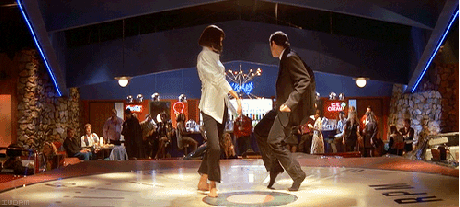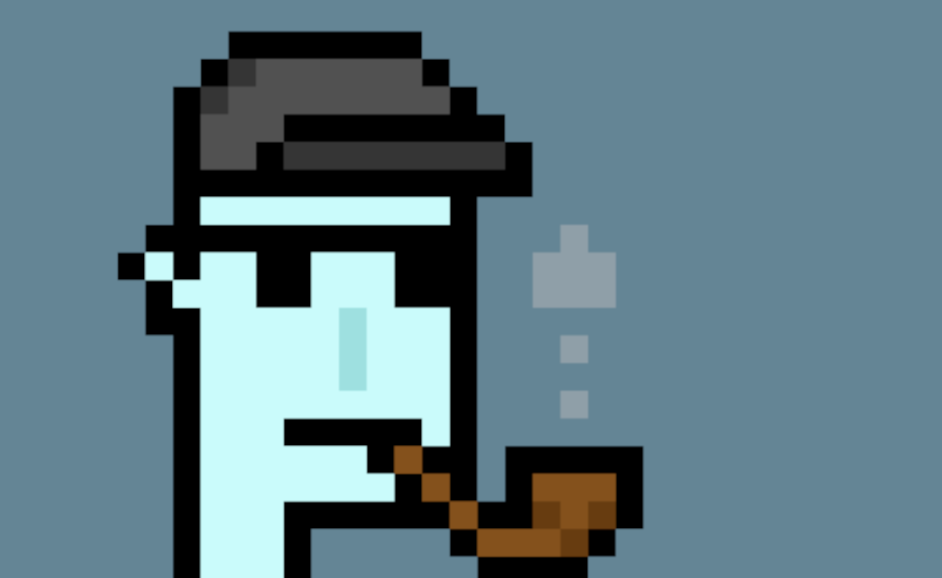
Art is just the start. By the end of this decade everyone reading this blog will own a large number of NFT’s. But they won’t be digital art, they’ll be part of a new combined commerce market where digital and physical properties permanently overlap and interact. But from now on it will serve you well to read the words ‘Smart Contract’ whenever you see the acronym NFT. Buckle in – we are about to get the missing link to the Internet we were promised in the mid 1990’s.
When it comes to market growth, NFTs are the clear winner of 2021. This year sales topped $A12.7 billion which represents a 2,500 per cent jump on 2020. These have largely been made via the Ethereum crypto currency and blockchain which, if anything, points to the importance of this crypto because it is “Turing Complete”. This means that the currency is actually programmable, like a computer. Bitcoin can’t do this. Ethereum will be the crypto which becomes the fabric that holds together the smart contract economy.
In 2021, Ethereum had a 700% increase from $US591 exactly one year ago, compared to Bitcoin which rose by, a still heady 266%. While the value of NFTs is crazy big, I can’t help but think that NFT sales wouldn’t be nearly as high if people were buying in fiat currency. Buying them in Crypto (Ether), must feel a little bit like spending ‘found money’ – especially if you’ve held the crypto for some time.
But let’s not let the NFT bubble (and it is a bubble), detract from the long game. The functional use cases for NFT’s which will emerge and change everything. I’ve listed below some use cases which are quite mainstream – to stimulate the mind on where this can, and will go. What we need to remember about NFT’s is that “Non-fungible” more or less means that it’s unique and can’t be replaced with something else. It serves a unique purpose and will in the future be programmed to automate in market transactions related to the NFT.
Property Rights: Your house title will be an NFT. It will state who owns (owned) the property, mortgage details, rates and other legal details. All people involved in a property: the owner, the financier and the Government will have access to data related to the property via private keys. This will reduce administration and costs and keep the details secure. Contracts for this property will automate payments between parties. Similarly, rental agreements will become NFT’s and data related to the rental including property conditions will be baked into the blockchain to avoid disputes.
Digital Identity: NFT’s will be used as a means for issuing important documents. Things like passports, driver’s licenses, IDs, health records, education credentials and the like, could all be tokenized and get their digital representation in the form of NFTs. Doing so would allow the authorities to check the validity of the document by seeing whether or not it is connected to an official NFT. With this, forged passports and IDs would be practically extinct, which would likely lead to a major disruption of all kinds of criminal activities around the world.
Events: Many consumer goods we purchase in the future will have NFT’s attached to them which give us access to events. Buying the latest album from your favourite performer may include an NFT which automatically gives you concert tickets in the front row., or even a back stage pass. All sold for a premium to super fans, or early adopters, or even speculators! Buying a this years premier league jersey of your club might entitle you to a seasons ticket to each game. Or a haute coutere dress could get you into an exclusive fashion show. It could even get more interesting than that – imagine an NFT becoming shares in a concert where the NFT owners underwrite the cost for Drake’s next world tour and those who buy the NFT’s share in the profit. All of this is possible.
Loyalty: The simple and classic example is frequent flyer miles. In many ways this system already operates much like NFT’s can. But, in the future there will be a market where we can trade our loyalty. I currently have more than 1 million frequent flyer points (sad I know) – I can’t use them all – in an NFT market place I might be able to sell 100,000 points to someone who wants to fly business class to London and receive $5000 for it. The buyer might get the flight and half the price and I’ve made some cash. It will be game changing technology for brands and loyalty.
Subscriptions: In this realm subscriptions can go well beyond streaming services and online news. Imagine a subscription coming with your next new car. Not only do you get the car – but you get access to certain ride sharing services simply by using your NFT. A car won’t just be a car – it will be a mobility service.
It’s Tricky: NFT’s will really shake up how intellectual property and contract law works the world over. The Hollywood studio Miramax recently filed a lawsuit accusing the director Quentin Tarantino for copyright infringement for his plans to sell NFT’s based on the screenplay for his 1994 movie “Pulp Fiction.” Tarantino’s NFT’s include a collection of seven uncut “Pulp Fiction” scenes as secret NFT’s, meaning their content would be hidden except to the owner. The content includes the first handwritten scripts of “Pulp Fiction” and commentary from Mr. Tarantino “revealing secrets about the film and its creator,” according to the release. Miramax contended it had certain “broad rights” to “Pulp Fiction” because the director had “granted and assigned nearly all of his rights” to Miramax in 1993. It will be interesting to see how this and cases like it, get resolved.
The Future: The reality is that buying anything physical can should come with a digital token (NFT). Even if it is unknown how the token might be used in the future, smart companies should start adding them their product portfolio now. The functionality can be added later. Likewise, anyone selling digital or virtual goods should be adding NFT’s, which at some point could get something physical added to it.
My advice is simple, pay attention to this space. Experiment and be the seller. Most of what is being bought today will be worthless tomorrow, but those who seize the real smart contract opportunity could invent something which changes industires.
– – –
Keep Thinking,
Steve.





